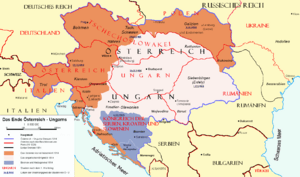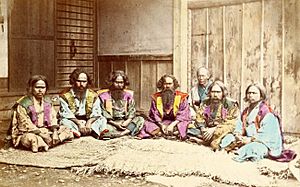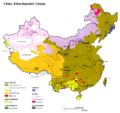Nation state facts for kids
Imagine a country where most people share the same culture, language, and history. That's pretty much what a nation state is!
It's a type of state (a country with a government) where most people belong to one nation (a group of people with a shared culture, language, or background). So, a nation state means the government and the main group of people live in the same area. This is different from older types of countries.
Contents
What is a Nation State?
A nation state is a country where the people living there mostly share a common culture, language, or ethnic background. The government of the state rules over this specific territory.
This idea is important because it connects the idea of a "nation" (a group of people) with a "state" (a political area with a government). Before nation states, many countries were empires ruled by kings or emperors, and they often included many different groups of people.
Examples of Nation States
Here are some good examples of nation states:
- Iceland: The people in Iceland have their own unique culture and language. There are no other countries right next to them, so almost everyone in Iceland shares the same background.
- Japan: Japan is often seen as a strong example of a nation state. Most people in Japan share a common Japanese culture. However, Japan also has smaller groups of people, like the Ryūkyū peoples, Koreans, Chinese, and the native Ainu in the north.
- Portugal: The Portuguese nation has lived in the same area for nearly 900 years. Over time, different groups of people settled there, like native Iberian people, Celts, Romans, and Germanic peoples. But eventually, they all became part of the Portuguese nation.
Countries Before Nation States

Before nation states became common, especially in Europe during the 1700s, many countries were large, multi-ethnic empires. This means they ruled over many different groups of people who spoke different languages and had different cultures.
Some famous examples of these empires include:
- The Austro-Hungarian Empire
- The Russian Empire
- The Ottoman Empire
- The British Empire
- The French Empire
These empires were often built around a ruling family or a powerful group, rather than a single shared national identity.
What Makes Nation States Special?
Nation states have some key features that make them different from older types of countries:
- Territory Matters: In a nation state, the land is seen as belonging to the nation. A country wouldn't just trade land because a king's daughter got married, like they might have in older monarchies.
- Clear Borders: The borders of a nation state are usually drawn where the main cultural or ethnic group lives. Sometimes, natural features like rivers and mountains also help define these borders.
- National Unity: Nation states often use the government to bring people together. They might promote a shared language, education system, or national symbols to create a strong feeling of unity among their citizens.
Other Pages to Explore
Images for kids
-
A painting showing the signing of the Treaty of Münster, which was part of the Peace of Westphalia. This event helped create the idea of modern nation states.
-
This map shows Europe during the Revolutions of 1848. Many people wanted to get rid of old monarchies and create independent nation states.
-
The breakup of the large, multi-ethnic Austro-Hungarian Empire in 1918, which led to the creation of several new nation states.
See also
 In Spanish: Estado nación para niños
In Spanish: Estado nación para niños







